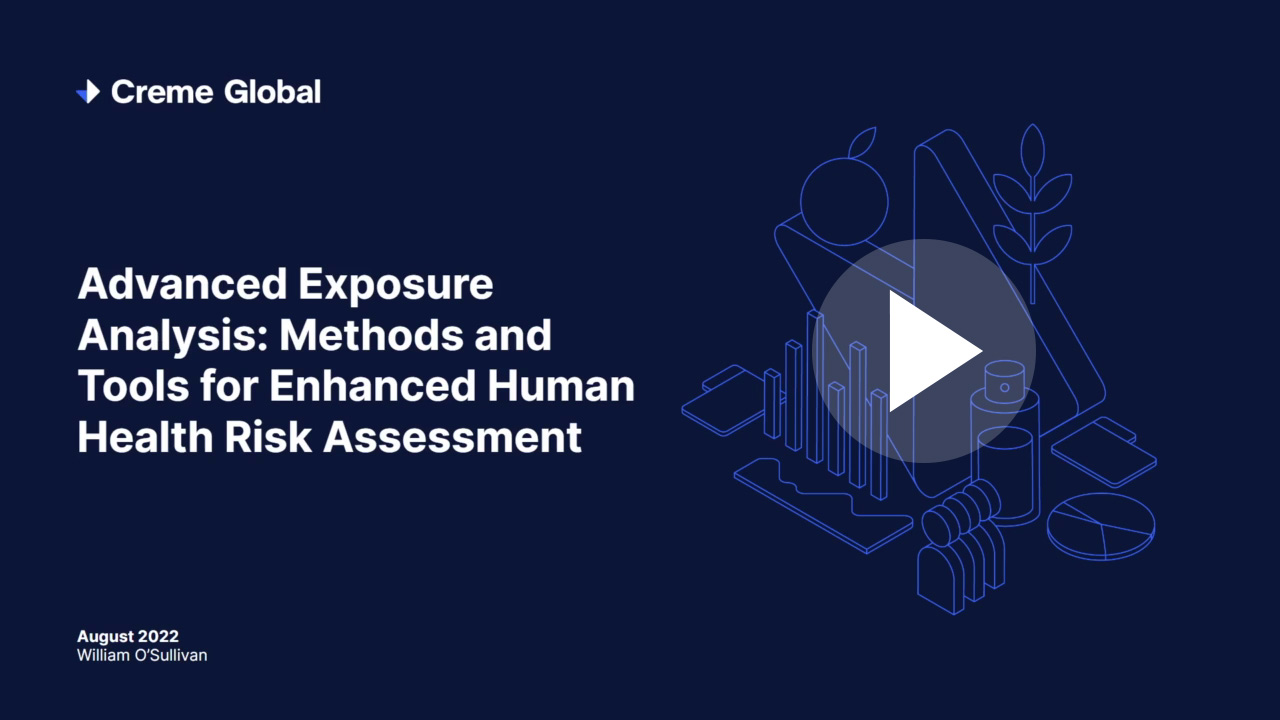It takes data science and expert modelling expertise to contextualise models to particular products and situations. Also, it is important to quantify uncertainty in the model parameters and propagate these through the model using probabilistic methods in order to understand the risks.
Without models, the requirement for experimental data can be extremely large. For example, understanding the microbial stability of a product under various formulations and conditions without predictive models can take thousands of time consuming experiments.
With sufficient experimental data, good data science and predictive models you can quantify the uncertainties and understand the stability and safety of the product to minimize the risk of microbial contamination. We call these Expert Models for predictive microbiology.
These models are of particular interest to food manufactures in businesses of all sizes. Product reformulations and changing environmental conditions vary during R&D and through production and storage periods. Expert Models can help to answer questions on optimal shelf-life, production methods, formulations and storage conditions.
As an illustration of how important the development of a unique model for a growth of specific bacteria in a given product is, consider the growth of Listeria monocytogenes in cooked ham. Differences in food additives used, packaging methods or preparation conditions across different products can result in changes in the rate of pathogen growth. In other words, assuming that the model is appropriate for all cooked ham on the market could lead to misleading and incorrect conclusions about the safety of the product.
Creme Microbial is a customised set of Expert Models backed up with scientific support from statisticians, food scientists and data scientists to provide the most accurate analysis, predictive models and software services for products.
The services range from the advice on experimental design and environmental conditions, to the development of a validated predictive model specific to your product. All of these help the food producers maximize the safety of their products and predict how the changes in storage and production conditions affect the growth of pathogens and so the safety of the product.
Creme Microbial models include:
- Determination of factors (temperature, pH, water activity, food ingredients) required to inhibit development of pathogens.
- Fitting growth models to experimental data-modelling of the lag, exponential, stationary and death phase (Primary models).
- Growth simulation given food and factors (temp, pH, aw). Factors can be either constant or vary over time (Secondary models).
- Modelling of bacterial decay and thermal inactivation models.
- The use of distributional inputs and probabilistic modelling. In practice, model inputs such as the initial concentration of pathogen and the temperature in the supply chain are variable, and this variability can be incorporated into the model to explore the impact on growth.
Upon model development and validation, Creme Global offer user-friendly software to help the food producers understand the impact of changing environmental conditions on the growth of the pathogen in their product.
For more information on how Microbial Risk Analysis can benefit food production and quality assurance at your company, please visit the Creme Global website or contact the Creme Global team today.


